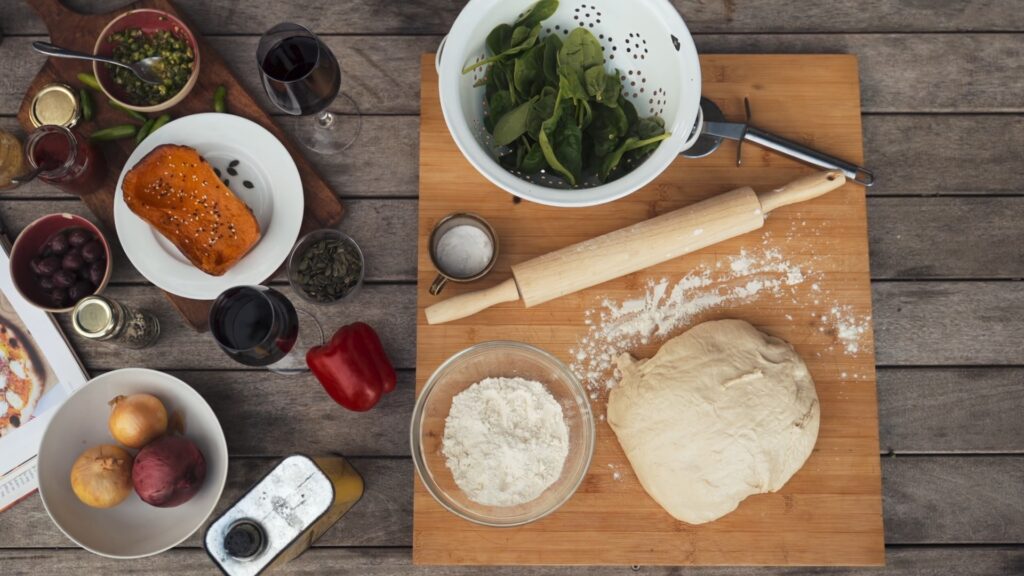We’ve all been there – you’re in the middle of cooking a meal and realize you’ve forgotten an ingredient or don’t have enough time to complete all the steps. You start wondering, can you skip steps in a recipe and still get good results? The answer is not a straightforward yes or no – it depends on the recipe, the ingredient, and the step you’re considering skipping. In this article, we’ll explore the pros and cons of recipe shortcuts and offer tips for when skipping steps can work and when it’s best to stick to the original recipe.

Pros of Recipe Shortcuts
One of the most obvious benefits of recipe shortcuts is that they can save you time and effort. Skipping a step, such as chopping vegetables or preheating the oven, can cut down on the overall cooking time and make the recipe more accessible for busy weeknights or last-minute dinner plans.
Another advantage of recipe shortcuts is that they can help you use up ingredients you already have on hand. If a recipe calls for a specific ingredient you don’t have, consider swapping it out with something similar or leaving it out altogether. For example, if a recipe calls for a certain type of cheese, but you only have a different kind in your fridge, it’s likely that the end result will still be tasty.
Cons of Recipe Shortcuts
While recipe shortcuts can be helpful, there are some downsides to consider. One of the biggest risks of skipping steps in a recipe is that it can impact the flavor and texture of the dish. For example, skipping a step that involves marinating meat can result in a less flavorful final product. Skipping a step that involves whipping egg whites or cream can result in a denser, less fluffy texture.
Another potential downside of recipe shortcuts is that they can affect the overall nutrition of the dish. For example, skipping a step that involves soaking beans overnight can make them harder to digest and less nutrient-dense. Similarly, skipping a step that involves rinsing vegetables can lead to consuming more dirt, pesticides, and bacteria.
Tips for Using Recipe Shortcuts
If you’re considering taking shortcuts in a recipe, there are some tips to keep in mind to help you get great results:
- Consider the ingredient – Some ingredients are more forgiving than others when it comes to skipping steps. For example, leaving out a spice in a recipe may not have a significant impact on the overall dish, while leaving out a critical ingredient like baking soda or yeast can result in a complete failure.
- Understand the purpose of the step – Before you skip a step, make sure you understand the reason it’s included in the recipe. If a step is essential for the flavor, texture, or safety of the dish, it’s best not to skip it.
- Don’t skip steps that involve food safety – Steps like washing hands, cooking meat to a safe temperature, and refrigerating leftovers should never be skipped for food safety reasons.
- Use substitutions wisely – If you’re substituting an ingredient in a recipe, make sure it’s a good match for the original ingredient in terms of flavor and texture.
- Be willing to experiment – Sometimes, taking a shortcut in a recipe can result in a happy accident or a delicious twist on the original dish. Be willing to experiment and try new things in the kitchen!
In conclusion, recipe shortcuts can be a helpful tool for busy home cooks, but it’s important to approach them with caution. By understanding the pros and cons of taking shortcuts, and following these tips for using them wisely, you can still achieve great results in the kitchen.